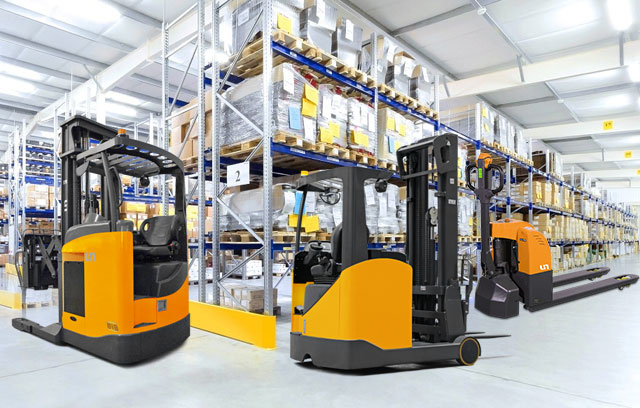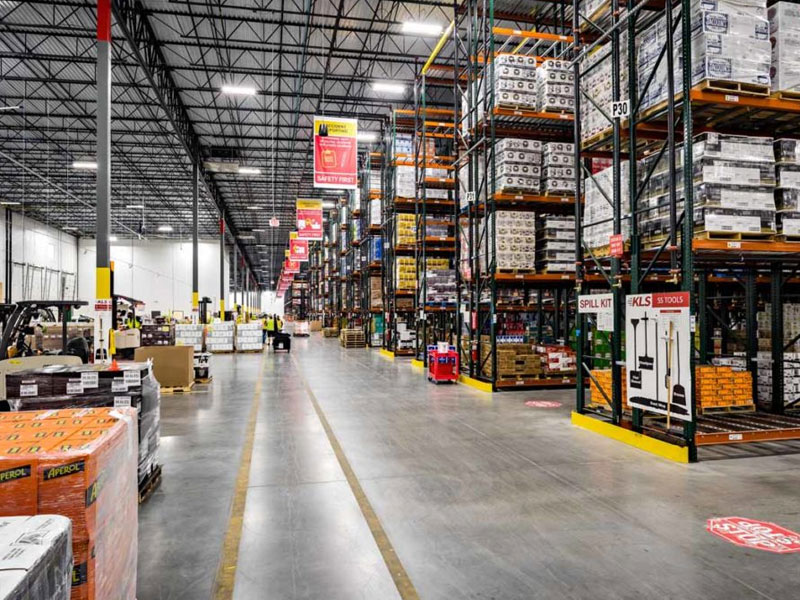Forklift trucks lift and transport loads using a combination of hydraulic, mechanical, and electrical components. The primary mechanism involved in the lifting process is the hydraulic system, which powers the movement of the mast and forks. Here's how it works:
Mast: The mast is the vertical assembly mounted to the front of the forklift truck. It consists of upright rails, cross members, and hydraulic cylinders. The mast provides vertical guidance and support for the forks during lifting and lowering operations.
Forks: Forks are the horizontal arms attached to the mast that support and lift the load. They extend outward from the mast and slide under pallets or other materials for lifting and transporting. Forks may be fixed or adjustable in width and length to accommodate different load sizes and configurations.
Hydraulic System: The hydraulic system powers the movement of the mast and forks. It consists of a hydraulic pump, hydraulic fluid reservoir, control valves, cylinders, hoses, and fittings. When the operator activates the hydraulic controls, hydraulic fluid is pressurized and directed to the hydraulic cylinders, causing them to extend or retract.
Lifting Mechanism: The lifting mechanism of a forklift truck typically involves one or more hydraulic cylinders mounted within the mast. When hydraulic pressure is applied to the cylinders, they extend, raising the forks and the load attached to them. Conversely, when hydraulic pressure is released or reversed, the cylinders retract, lowering the forks and the load.
Tilt Mechanism: Many forklift trucks are equipped with a tilt mechanism that allows the operator to tilt the forks and the load forward or backward for improved stability and maneuverability. The tilt mechanism is also hydraulically powered and controlled using dedicated hydraulic controls.
Controls: The operator controls the lifting, lowering, and tilting functions of the forklift truck using hydraulic controls located within the operator compartment. These controls typically consist of levers, buttons, or pedals that activate the hydraulic system and regulate the flow of hydraulic fluid to the cylinders.
Safety Features: Forklift trucks are equipped with safety features such as load sensors, overload protection systems, and stability control systems to prevent accidents and injuries during lifting and transporting operations. These safety features help ensure safe and efficient handling of loads in various industrial, warehousing, and logistics applications.
Overall, the hydraulic system is the primary mechanism involved in lifting and transporting loads with a forklift truck, providing the power and control necessary to lift heavy loads safely and efficiently.
- Home
- About
-
Product
-

IC Forklift
Ranges
-

Electric Forklift
Ranges
-

Warehouse Equipment
Ranges
-
- CUSTOMER CARE
- INDUSTRY SOLUTION
- News
- Contact








 中文简体
中文简体 عربى
عربى Español
Español














